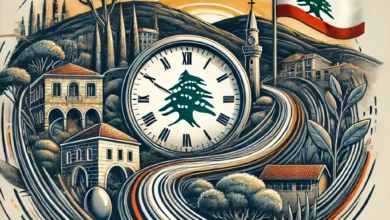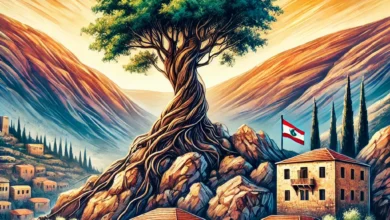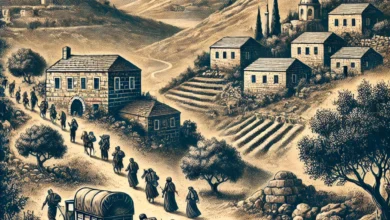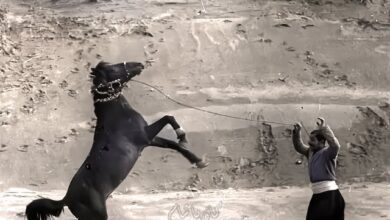Water and Life: Stories from Jabal Amel’s Memory

Kassem Hojeij and the Role of Ponds and Springs in Jabal Amel
“Water and Life: Stories from Jabal Amel’s Memory”
The rivers, ponds, and springs of Jabal Amel remain vivid in the collective memory of its people. These water sources were more than utilities; they were social hubs where women and children gathered, shaping the region’s history and identity.
“The Role of Springs and Ponds in Daily Life”
When asked about the significance of these water sources, historian Kassem Hojeij explained:
“In the past, there were no modern water pipelines. Water was transported to homes using leather containers called qirab, later replaced by rubber ones known as qaffaf.
Women and children were responsible for fetching water, as it was considered inappropriate for men to frequent springs where women gathered.
These daily meetings were vibrant social forums where women freely discussed their concerns away from the oversight of men.”
“Ponds and Washing: Tools of Daily Life”
Hojeij added:
“Ponds collected rainwater and were used for washing clothes and utensils. Without widespread use of soap—except among the wealthy—the mikhbat (a thick stick) was essential for cleaning clothes.
The mikhbat was used to pound dirty clothes, loosening the dirt before rinsing.
A common proverb, ‘A dirty garment needs a big stick,’ symbolizes the need for actions proportionate to the challenge, emphasizing the importance of strong responses to significant problems.”
“Seasonal Impact on Ponds”
Hojeij noted that during summer, ponds often became polluted due to debris and evaporation. However, winter rains and flowing streams naturally cleaned and replenished them.
You said:



